NVIDIA has introduced new technology for AI enthusiasts and developers. The GeForce RTX SUPER desktop GPUs and AI laptops from top manufacturers aim to enhance generative AI experiences on PCs. These advancements include TensorRT acceleration, RTX Remix with AI texture tools, and ACE microservices for intelligent avatars in games.
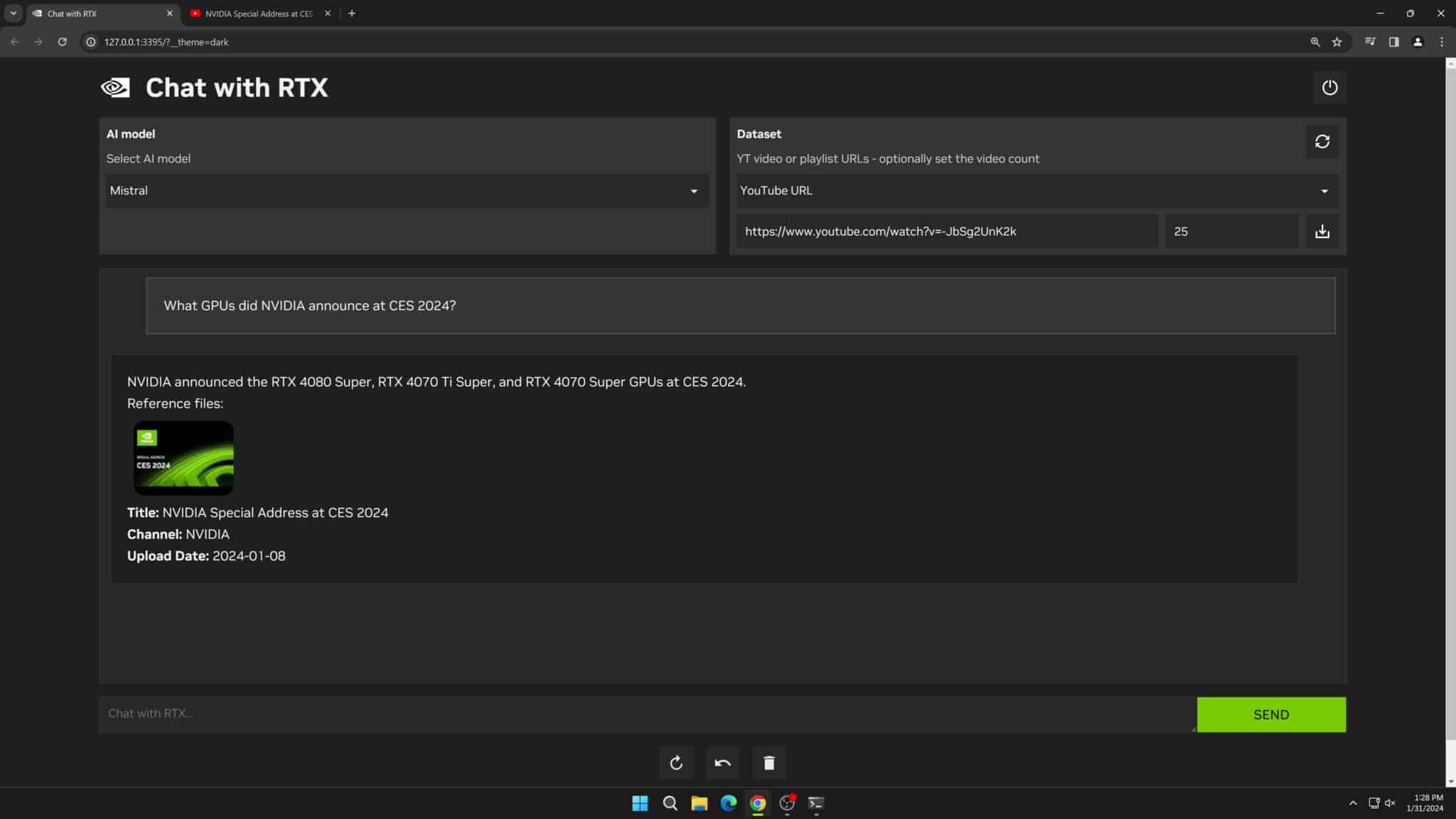
The AI Workbench, a user-friendly toolkit for developers, will be available soon, along with the open-source library TensorRT-LLM, supporting large language models. NVIDIA is also launching new GeForce RTX 40 SUPER Series graphics cards for improved AI performance.
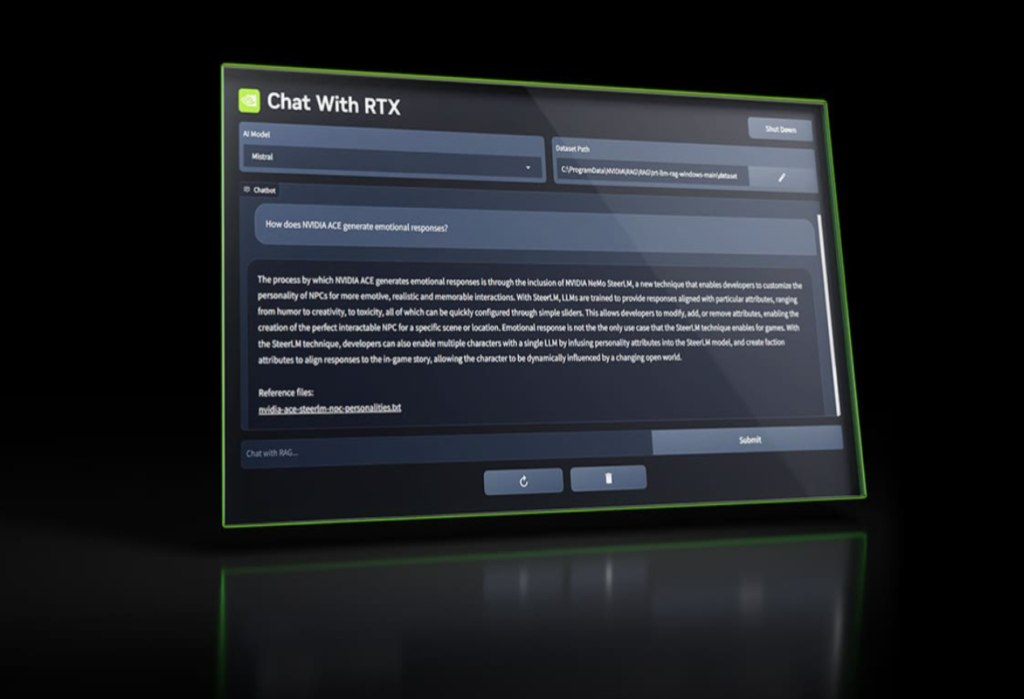
Leading manufacturers like Acer, ASUS, Dell, HP, Lenovo, MSI, Razer, and Samsung are releasing RTX AI laptops, providing generative AI capabilities out of the box. Mobile workstations with RTX GPUs can run NVIDIA AI Enterprise software for secure AI and data science development.
You know enough about Chat with RTX Now meet it’s competitor LM Studio:
- LM STUDIO local supports multiple platforms such as Mac, Windows, and Linux, while Chat with RTX only works on Windows 10 or 11 with an RTX 30 or 40 series GPU.
- LM STUDIO local lets you choose from a wide range of models to download and use, such as Zephyr, Llama 2, ChatGPT 2. Chat with RTX only uses one model that is based on retrieval-augmented generation (RAG).
- LM STUDIO local has a simple and intuitive interface that lets you chat with the model directly, or use it as a free coding copilot in VS Code. Chat with RTX has a more complex and advanced interface that lets you converse with documents and YouTube videos using AI technology.
- LM STUDIO local is free and open-source, while Chat with RTX is proprietary and requires a subscription.
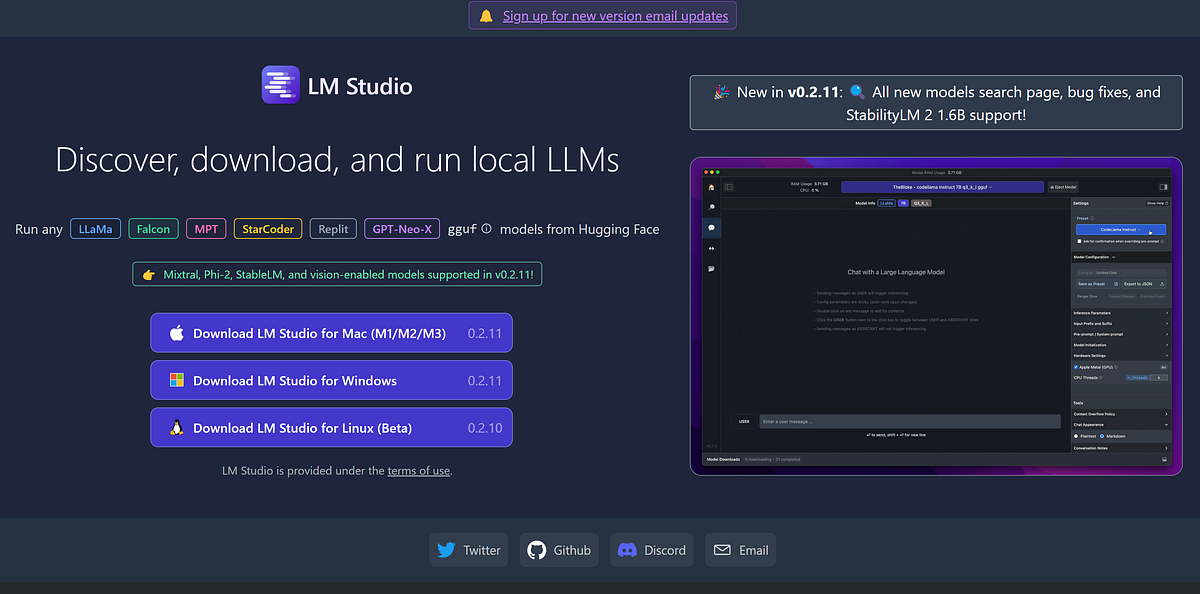
For developers, NVIDIA offers AI Workbench and collaboration with HP’s AI Studio for simplified AI model development. TensorRT-LLM extends to text-based applications, and new AI-powered applications for PCs, like RTX Remix and DLSS 3 with Frame Generation, aim to transform gaming experiences.
In conclusion, NVIDIA’s latest developments focus on bringing generative AI to a wider audience, optimizing AI experiences on PCs, and providing tools for developers to create and enhance AI models. However, in AI World Open-Source Software Continues to beat Proprietary Software to its knees.









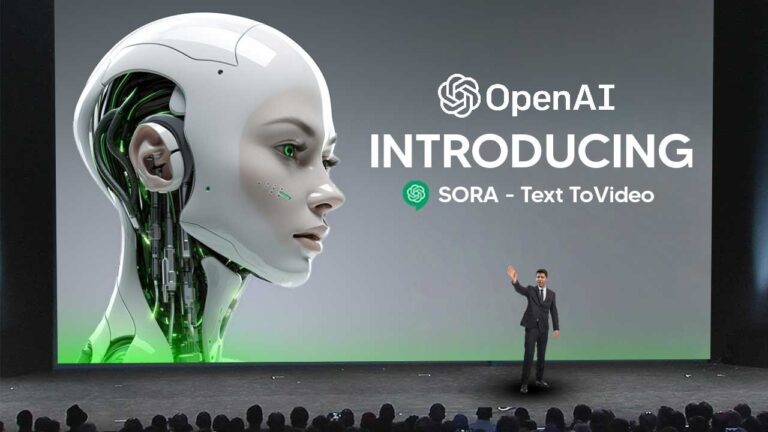
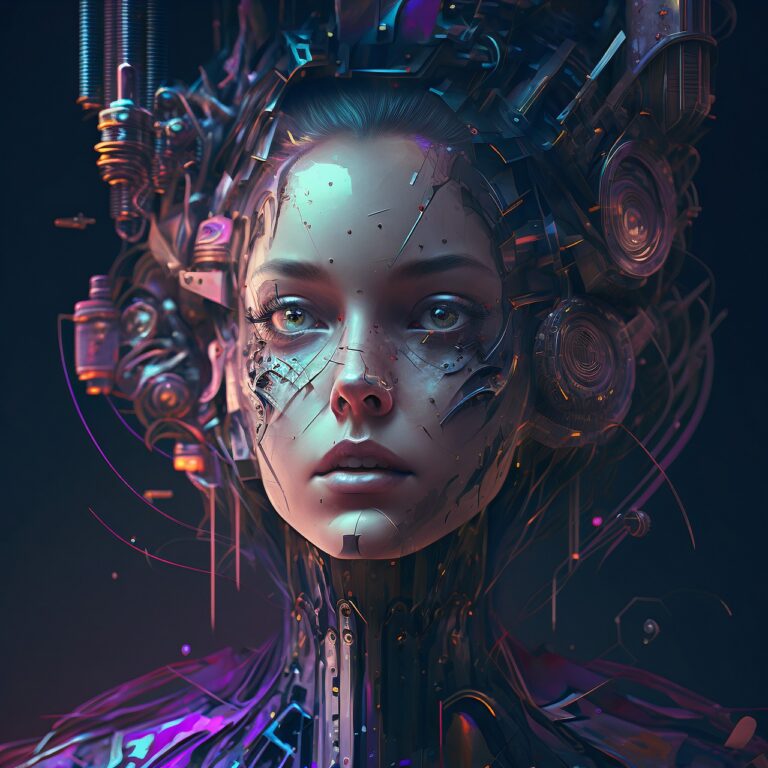
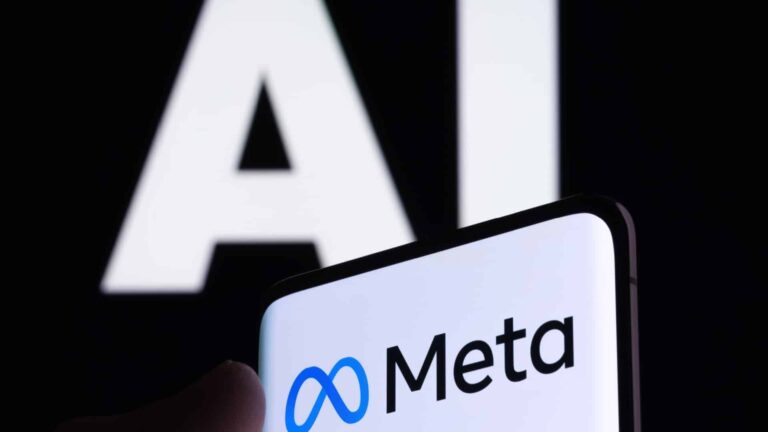
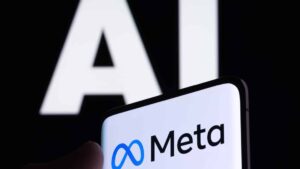



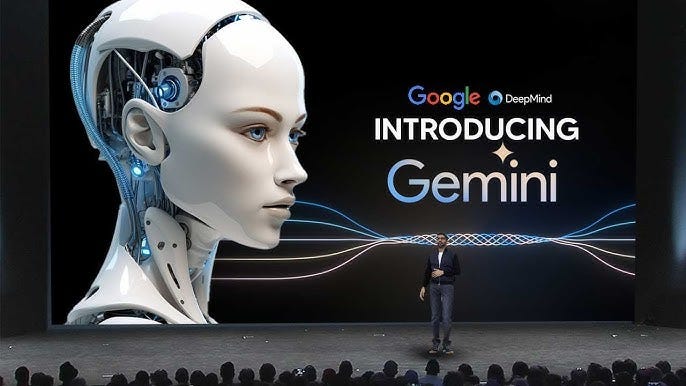


+ There are no comments
Add yours